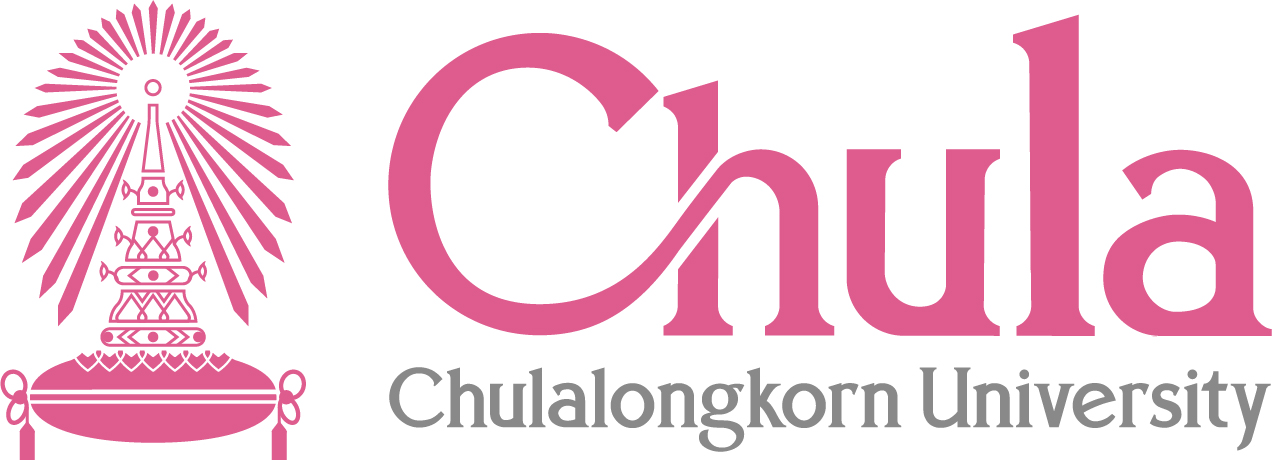Newswise — An Engineering professor, Chulalongkorn University has successfully converted carbon dioxide to methanol via a thermochemical method that consumes less energy and provides more yield, providing an alternative solution to reduce greenhouse gas emissions and stimulate the circular economy.
Industrial and household carbon dioxide (CO2) emissions contribute to climate change, global warming, and have a broader impact on biodiversity. It is of global importance that the United Nations is urging all countries to accelerate the cut on greenhouse gas emissions to keep the global average temperature rise not to exceed 2 degrees Celsius.
But in addition to reducing CO2 emissions, researchers around the world are working on ways to bring back carbon dioxide to some use. For this reason, Assistant Professor Dr. Pattaraporn Kim-Lohsoontorn, Department of Chemical Engineering, Faculty of Engineering, Chulalongkorn University has worked on and successfully converted carbon dioxide to methanol — an important chemical in many industries.

Assistant Professor Dr. Pattaraporn Kim-Lohsoontorn
“Most of today’s methanol is synthesized from natural gas, which normally releases carbon dioxide during the production process. We, therefore, studied the production of methanol directly from carbon dioxide, which means that this helps to reduce carbon dioxide and also brings the gas back to some use and increases its economic value as well,” Asst. Dr. Pattaraporn revealed the concept of a sub-research project under the Carbon Dioxide (CO2) Conversion to Higher-Valued Products with support from the “Research Cess Fund” (RCF) from the Malaysia-Thai Joint Authority (MTJA) for the research team from the Faculty of Engineering, Faculty of Science, the Metal and Materials Research Institute Chulalongkorn University, and other institutions to study different technologies and methods to recover carbon dioxide.
Methanol from carbon dioxide
Methanol is an important substrate used in chemical production in various industries such as the chemical and synthesis industry, pharmaceutical industry, electrical appliances, and coatings industry, etc. Methanol is therefore a top import chemical of Thailand and tends to increase continuously.
“In general, methanol is synthesized from natural gas by thermochemical method, which produces one ton of methanol and emits about 0.5-1.5 tons of carbon dioxide.” Asst. Prof. Dr. Pattaraporn explained.
“Therefore, we studied how methanol is produced directly from carbon dioxide, which is a promising alternative to the environment and also enhances its economic value.”
Asst. Prof. Dr. Pattaraporn elaborated that methanol can be expanded into a wide range of environmentally friendly green chemical products, such as Dimethyl Ether (DME), used as heating fuel, and Dimethyl Carbonate (DMC), which is used in many industries such as the paint industry, and adhesive industry. Dimethyl carbonate is used as a binder and is classified as a type of plastic material. It is also mainly used as an electrolyte in lithium-ion batteries used in electric vehicles, which are becoming increasingly in demand.
“Nowadays, the production of dimethyl carbonate mainly uses phosgene, a highly toxic chemical that can cause death or serious health problems even with low concentrations. Therefore, dimethyl carbonate production from methanol and urea, or even from carbon dioxide directly is an interesting production pathway.”
The thermochemical process to add value to greenhouse gas
Asst. Prof. Dr. Pattaraporn elaborated more on the fact that the carbon dioxide management approach that amine solutions is generally used to capture carbon dioxide and then separate it by heat until pure carbon dioxide is obtained. After that, the captured carbon dioxide can be further managed in two ways.
- Carbon Capture and Storage (CCS) is the process of capturing carbon dioxide, and then injecting it underground and storing it there permanently. This could be in the shales that are depleted of oil and natural gas or geological cavities to prevent the release of a large amount of carbon dioxide back into the atmosphere.
- Carbon Capture and Utilization: CCU) is to utilize captured carbon dioxide in both direct and indirect approaches such as direct benefits in Enhanced Oil Recovery (EOR), the beverage industry including soft drinks, soda, or used as a solvent in the food industry, etc., and indirect benefits including conversion into methane fuel or dimethyl ether and conversion into other chemicals or higher-valued products such as methanol or dimethyl carbonate.
For this research, Asst. Dr. Pattaraporn chose the process of thermochemical conversion to convert carbon dioxide in which she used a reactor to generate heat and pressure, then induce a chemical reaction by adding hydrogen to carbon dioxide (CO2 hydrogenation) until it becomes methanol.
However, the thermochemical method demands intensive energy for the reaction and the methanol yield is low. Asst. Prof. Dr. Pattaraporn then finds a way to eliminate this drawback with the use of some alcohol as a catalytic solvent with copper-zinc oxide base catalyst (Cu/ZnO) to increase the methanol yield, and reduce energy consumption in the carbon dioxide conversion process.
The government must support the research project to move forward in practice
Despite the research success, there are still many obstacles, such as the relatively high cost of CO2 capture, energy used in the CO2 conversion process, production costs and sources of hydrogen, market size constraints, and lack of investment incentives. So, if it receives support from the government in terms of policy, cost incentives, taxes, etc, this technology will become more competitive in the future.
“We have a plan to work with the industry sector to push forward the research to provide Thailand with new environmentally friendly products, create economic value for waste, and stimulate a circular economy. This is an important issue to which people today need to pay attention. We must try to save the environmental capital as best as possible to pass it on to the next generation so as to assure them of a better life.” Asst. Prof. Dr. Pattaraporn concluded.
